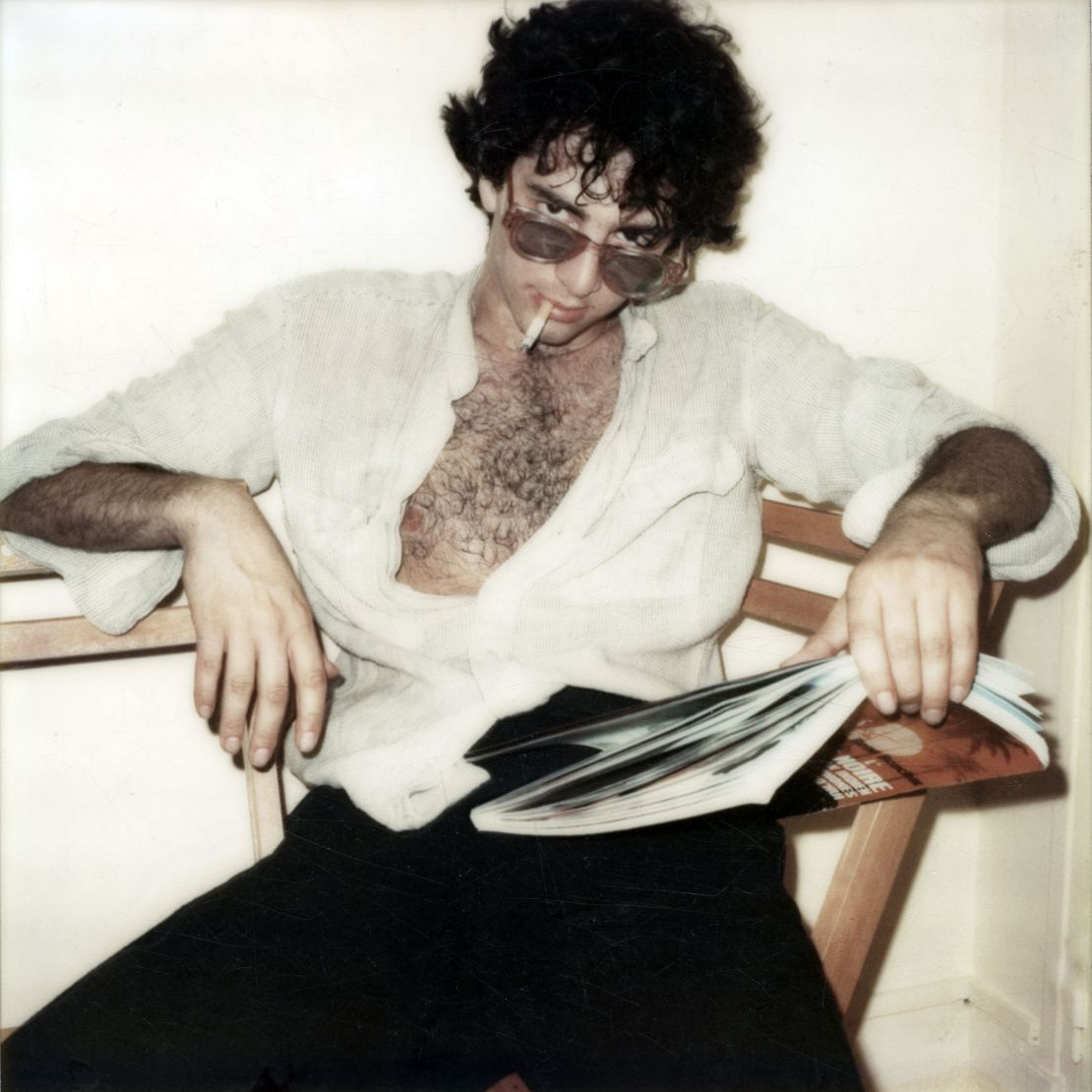Story highlights
Edo Bertoglio lived in New York's thriving artist community from 1976 to 1989
He took Polaroids of Debbie Harry, Andy Warhol and many other famous personalities
Andy Warhol, Madonna, Debbie Harry, Grace Jones, Jean-Michel Basquiat, Glenn O’Brien, John Lurie – iconic symbols from a bygone New York City. One that was cheaper, grittier and pulsing with new music, art and powerful personalities.
Swiss photographer and director Edo Bertoglio lived in the hot core of the old Big Apple. From 1976 to 1989, he captured New York’s thriving artist community on his Polaroid camera.
Those shots make up the 140 photos in his new book, “New York Polaroids 1976-1989.” It is sort of a “personal diary,” chronicling Bertoglio’s surroundings and friends in intimate and passing moments, much like quick shots taken on phones today.
Bertoglio’s Manhattan was far from the today’s Manhattan, which now has the highest cost-of-living in the United States. Rents were so cheap that artists could work in a restaurant for a few days a month to pay the bills, and then they could spend the rest of their time creating and partying in clubs like Studio 54, Mudd Club and Club 57.

“The music was really the thing that kept this community together,” Bertoglio said. “And of course at the time, we were very young, so we had aspirations to be a photographer, a fashion designer, a writer, an actor. … It was a lot of creativity.”
Bertoglio worked with Andy Warhol’s Interview magazine from 1976 to 1984. Warhol himself was a master of the Polaroid portrait – taking close-up shots of everyone from Dolly Parton to Muhammad Ali.
“Almost anyone could go (to Warhol’s studio) and get a Polaroid taken by him,” Bertoglio said.
Bertoglio’s own Polaroids show an interest for intensely human subjects, which can be seen in his revealing portraits of friends and girlfriends.
“I’m a face addict,” he said. “Every time you see a picture of a face, you can count on the fact that I’m in love with that face, and I’m very touched by it.”
Unlike artist communities today, which often rely on virtual communication, collaboration was physical and spontaneous, he said.
“Everything is so professionalized now,” Bertoglio said. “One evening it could be just be me, and I would say, ‘Let’s do an underground Super 8 movie tomorrow: You do the camera, you be the actor, you do the sound.’ ”
Yet the New York City featured in Bertoglio’s Polaroids didn’t last for long.
“Everything changed,” he said. “It was like a space of a morning. The music, the art, and then the drugs and then the AIDS. Everything just fell down in that community.”
New York’s wild grit fueled groundbreaking art, fashion and music, but it burned many of the icons it helped create, Bertoglio said.
“My story was very similar to many others,” he said. “I had an amazing career, and then I burned everything that I built because of drugs.”
His girlfriend at the time bought him a one-way ticket to Milan, Italy, in October 1990, saying, “Go away or you’re not going to survive here.”
He had sold everything “to feed his drug habit,” he said, but he still carried two big bags with his archives – including the Polaroids featured in his new book.
So when Bertoglio opens “New York Polaroids,” he doesn’t feel nostalgic. To him, the book and its pictures represent a time and a city both dark and magical, full of loss and full of joy.
Edo Bertoglio is a Swiss photographer. His new book “New York Polaroids 1976-1989” is available via Yard Press.











